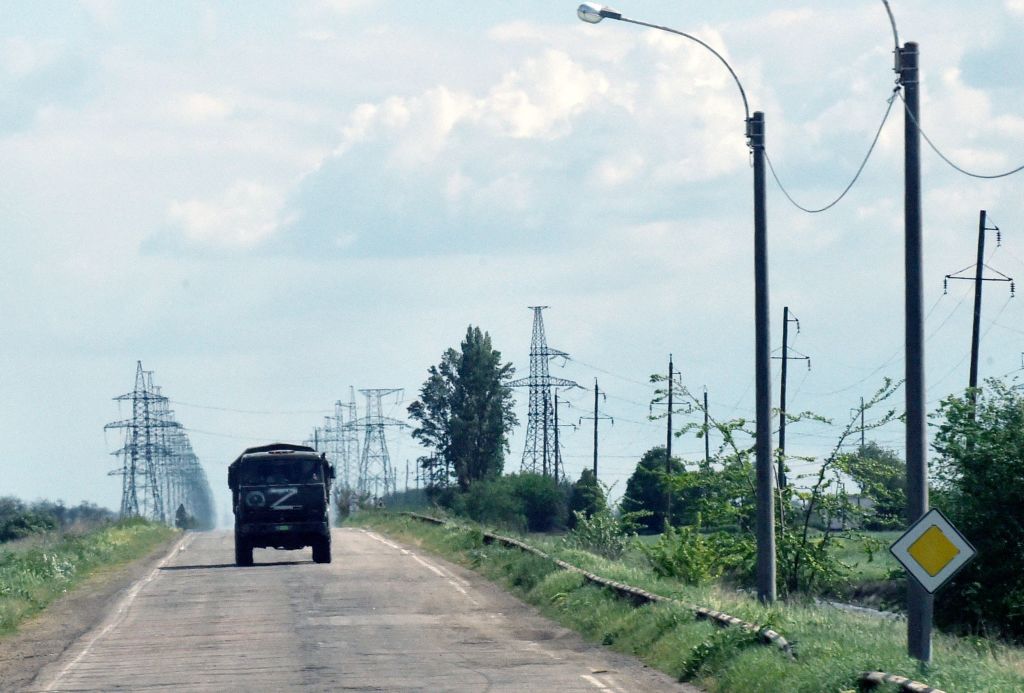Vladimir Putin’s decision to call up reservists is a sign of Russia’s desperation. It is also unlikely to do anything to address the real problem facing the country’s military: the woeful way in which its troops are organised.
‘No plan of operations,’ wrote Moltke the Elder in 1871, ‘extends with any certainty beyond the first encounter with the main enemy forces.’ The Russian military struggled from the outset in Ukraine, but particular structural issues within the army itself have exacerbated their woes. Sending more troops to Ukraine risks simply plugging gaps left by poor military structuring.
The war in Ukraine has highlighted many weaknesses in the command of Russia’s armed forces
One major limitation of success for the Russian military is its relative lack of non-commissioned officers. NCOs are officers who have usually risen through the enlisted ranks, and are generally considered to be essential components of modern armies. Most armies entrust NCOs with control over the means and methods to complete tactical objectives – in stark contrast to Russia’s use of them.
Russia’s armed forces do contain NCOs, but they fail to hold the same responsibilities that their western counterparts do. Russian NCOs do not dictate the tactical decisions of their units, nor discipline or motivate the troops. Instead, higher-ranking officers assume control of everything. The result is that units are inflexible, chains of command vulnerable, and troop morale low.
Russia’s lack of NCOs might not have affected its efforts in Ukraine quite so terribly if it hadn’t been compounded by a similar relative lack of professional servicemen. Even before Putin’s announcement this week, the Russian army was heavily reliant on poorly-trained conscripts. The reason for this is that professional servicemen (usually referred to in Russia as ‘contract’ soldiers or kontraktniki) are swiftly moved into technical, skill-based roles within the army. As most are syphoned off into elite, or relatively impotent NCO roles, crucial infantry and logistical units are left to rely heavily on the poorly trained and motivated conscripts. This is a key reason for the disaster that has befallen Russia in Ukraine.
It is also not the first time Russia has faced this issue. The Soviet Union retained NCOs in name only after the Second World War, believing that they could amass a larger army for much less money – albeit one tactically inferior – by retaining their universal conscription system. This resulted in a massive fighting force with very little training or tactical manoeuvrability, and with few long-term career opportunities for those who wished to serve. A massive and relatively cheap Soviet army was the result, but it was inefficient and poorly-equipped for the realities of war in the latter half of the twentieth century.
Russia’s hybrid system of conscripts and contracts exists to the present day, the balance of which is likely to shift in the coming years. By retaining a top-heavy system reliant on a bedrock of poorly trained and motivated conscripts, Russia fails to capitalise on its military resources. The current Russian command structure is proving outdated and rigid in Ukraine, and Russia no longer has the massive army to plug the gaps that it once did.
The war in Ukraine has highlighted many weaknesses in the command of Russia’s armed forces. One of the most egregious problems within the army itself is that it lacks the ability to delegate authority to a sufficiently low rank. As a result, the Russian army appears to be in dire straits. China, which has been carefully watching Russia, will not allow their own army to ossify in the same way. The People’s Liberation Army has enacted a massive recruitment drive to rectify its lack of NCOs and become a dominant, world-class military by 2049. How long will Russia take to rectify the structural faults apparent within its military forces






Comments